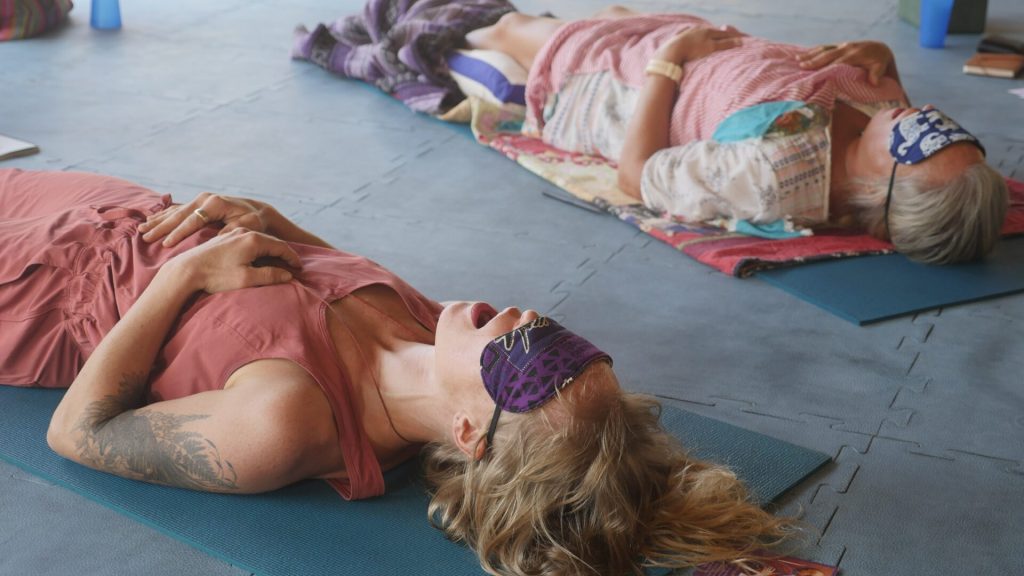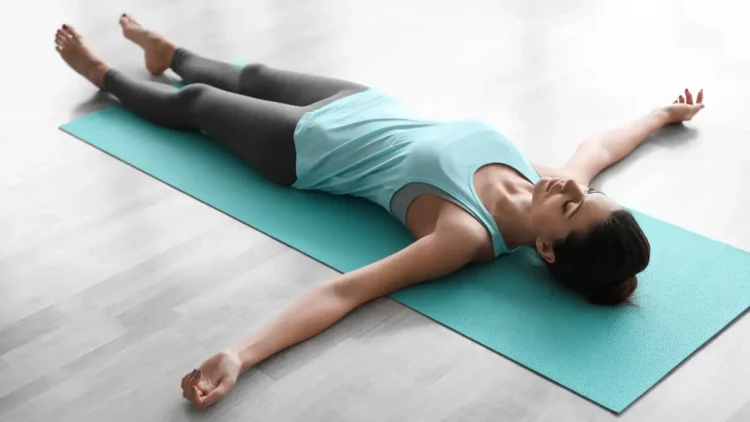Breathing is the most natural thing we do—automatic, unconscious, and constant. Yet, despite its simplicity, few of us truly understand its power. Our breath is a bridge between body and mind, a vital tool that not only sustains life but can also anchor us in the present, soothe anxiety, sharpen focus, and regulate our emotions. In recent years, breathwork—a set of intentional breathing techniques—has gained momentum among wellness experts, therapists, athletes, and even corporate leaders. But you don’t need to be a yogi or biohacker to benefit from it. Breathwork is for everyone, and the best place to begin is right here, right now. This beginner’s guide will walk you through foundational techniques, their benefits, and how to make them a habit for a calmer, clearer you.
Why Breathwork Matters
Breathing is one of the only bodily functions that operates both automatically and under conscious control. This dual nature means we can use it to directly influence our nervous system. Shallow, rapid breathing—which many of us fall into when stressed—activates the sympathetic nervous system, putting the body into a state of fight-or-flight. In contrast, deep, slow, diaphragmatic breathing activates the parasympathetic nervous system, promoting rest, digestion, and recovery. Breathwork can lower heart rate, reduce blood pressure, ease muscle tension, and calm the mind. In fact, a 2017 study published in Frontiers in Psychology found that slow-paced breathing improves emotional control and reduces symptoms of anxiety and depression. With practice, breathwork becomes a tool you can access anytime—before a big meeting, during an anxious moment, or simply to reset your mood.
Diaphragmatic Breathing: The Foundation of Calm
Also known as belly breathing, this technique engages your diaphragm—the large muscle below your lungs—to promote full oxygen exchange and relaxation. Most people unconsciously breathe into their chest, especially when stressed. This shallow breathing can perpetuate anxiety and fatigue. To practice diaphragmatic breathing, sit or lie down comfortably. Place one hand on your chest and one on your belly. Inhale slowly through your nose for a count of four, feeling your belly rise (not your chest). Hold for a second, then exhale through your mouth for a count of four, feeling your belly fall. Repeat for 3–5 minutes. This technique is ideal for beginners and can be practiced anytime you feel tense or distracted. Over time, your body will start to default to this calming rhythm, even in stressful situations.
Box Breathing: A Tool for Mental Clarity
Box breathing, or square breathing, is a structured technique used by Navy SEALs, athletes, and high-performers to manage stress and sharpen focus. Its rhythmic structure helps quiet the mind, reduce racing thoughts, and create mental space. To practice, inhale through your nose for four counts. Hold your breath for four counts. Exhale slowly through your mouth for four counts. Then hold again for four counts. That’s one full cycle. Repeat the box for 3–5 minutes. The steady tempo gives your brain a break from overstimulation and is particularly useful before exams, presentations, or decision-making. You can visualize a square as you breathe to anchor your attention: one side for each phase of the breath.
4-7-8 Breathing: For Deep Relaxation and Better Sleep
Popularized by Dr. Andrew Weil, the 4-7-8 technique is designed to relax the nervous system and prepare the body for rest. It’s particularly effective in the evening or when you feel overwhelmed. To practice, sit comfortably with your back straight. Inhale through your nose for 4 seconds. Hold the breath for 7 seconds. Exhale completely through your mouth for 8 seconds, making a whooshing sound. Repeat this cycle up to four times. The extended exhalation triggers the body’s natural relaxation response, reducing cortisol and slowing heart rate. Many people report falling asleep faster or calming down quickly using this method. Start slow—if 7 and 8 seconds feel too long, shorten the duration while keeping the 1:2 exhale-to-inhale ratio.
Alternate Nostril Breathing: Balancing the Mind
This ancient yogic practice, known as Nadi Shodhana, balances the brain’s hemispheres and harmonizes energy. It’s often used before meditation or to reset after emotional intensity. Sit comfortably with a straight spine. Use your right thumb to close your right nostril and inhale through your left nostril. Close your left nostril with your ring finger and exhale through your right nostril. Then inhale through the right nostril, close it, and exhale through the left. This completes one round. Continue for 5–10 rounds. Alternate nostril breathing calms the mind, improves focus, and supports respiratory function. A 2013 study published in International Journal of Yoga found that this technique improves cardiorespiratory performance and reduces perceived stress, making it a powerful yet gentle tool.
Ocean Breath: A Gentle Energizer
Also known as Ujjayi breath or “victorious breath,” ocean breathing is used in yoga to create focus and rhythm. It involves slightly constricting the throat on both the inhale and exhale to create a soft, ocean-like sound. This breath brings awareness inward, supports oxygen flow, and energizes without overstimulation. Inhale slowly through your nose while gently constricting the back of your throat (as if fogging a mirror). Exhale the same way, maintaining the sound. This breath is great during light movement, stretching, or walking meditation. It helps clear mental clutter and bring a sense of steady momentum.
Building a Daily Breathwork Practice
Consistency is key. The benefits of breathwork compound with regular use, just like physical exercise. To build a daily habit, start small. Choose a consistent time—like upon waking, during a lunch break, or before bed—and dedicate 3–5 minutes. Use a timer or a breathwork app like Breathwrk, Pranayama, or Calm to guide you. Create a cue-based routine: after brushing your teeth, before your morning coffee, or right before sleep. If your mind wanders (and it will), gently bring your attention back to your breath. The goal isn’t perfection—it’s presence.

Combine Breath with Movement or Stillness
Breathwork can be practiced on its own or paired with gentle movement. Yoga, tai chi, and walking meditations naturally integrate breath with flow, helping you build body awareness and deepen your calm. On the other hand, stillness—sitting or lying down—can make it easier to focus inward and cultivate quiet. Choose the format that feels best to you. Over time, you’ll learn to match your breath to your needs: energizing when sluggish, calming when anxious, grounding when scattered.
Real-World Applications of Breathwork
The true power of breathwork lies in its portability. You can use it anytime, anywhere. Feel anxiety rising during a meeting? Pause for a few box breaths. Struggling to fall asleep? Try 4-7-8. Need a confidence boost before a performance? Take five slow diaphragmatic breaths. These techniques offer a subtle but profound sense of agency—the ability to regulate your own state in real-time. That’s mental resilience in action.
The Science Is on Your Side
Studies continue to confirm what ancient traditions have long known: breathing changes your brain. Research from Stanford, Harvard, and Yale has shown that slow, intentional breathing activates the vagus nerve, reduces amygdala activity (your brain’s fear center), and improves heart rate variability—a key biomarker of stress resilience and emotional regulation. Breathwork also boosts alpha brainwaves associated with calm and creativity. In short, the more you breathe with awareness, the more your brain rewires for clarity, control, and calm.
Conclusion: Your Breath Is Your Superpower
Breathwork isn’t about escaping reality. It’s about meeting it with more strength, calm, and awareness. Your breath is your most accessible wellness tool—free, portable, and always available. By learning to harness it, you can reduce stress, enhance focus, sleep better, and build emotional resilience. Start small. One breath at a time. With consistent practice, you’ll not only feel more centered—you’ll discover that everything you need to steady yourself is already within you. Just breathe.

















































